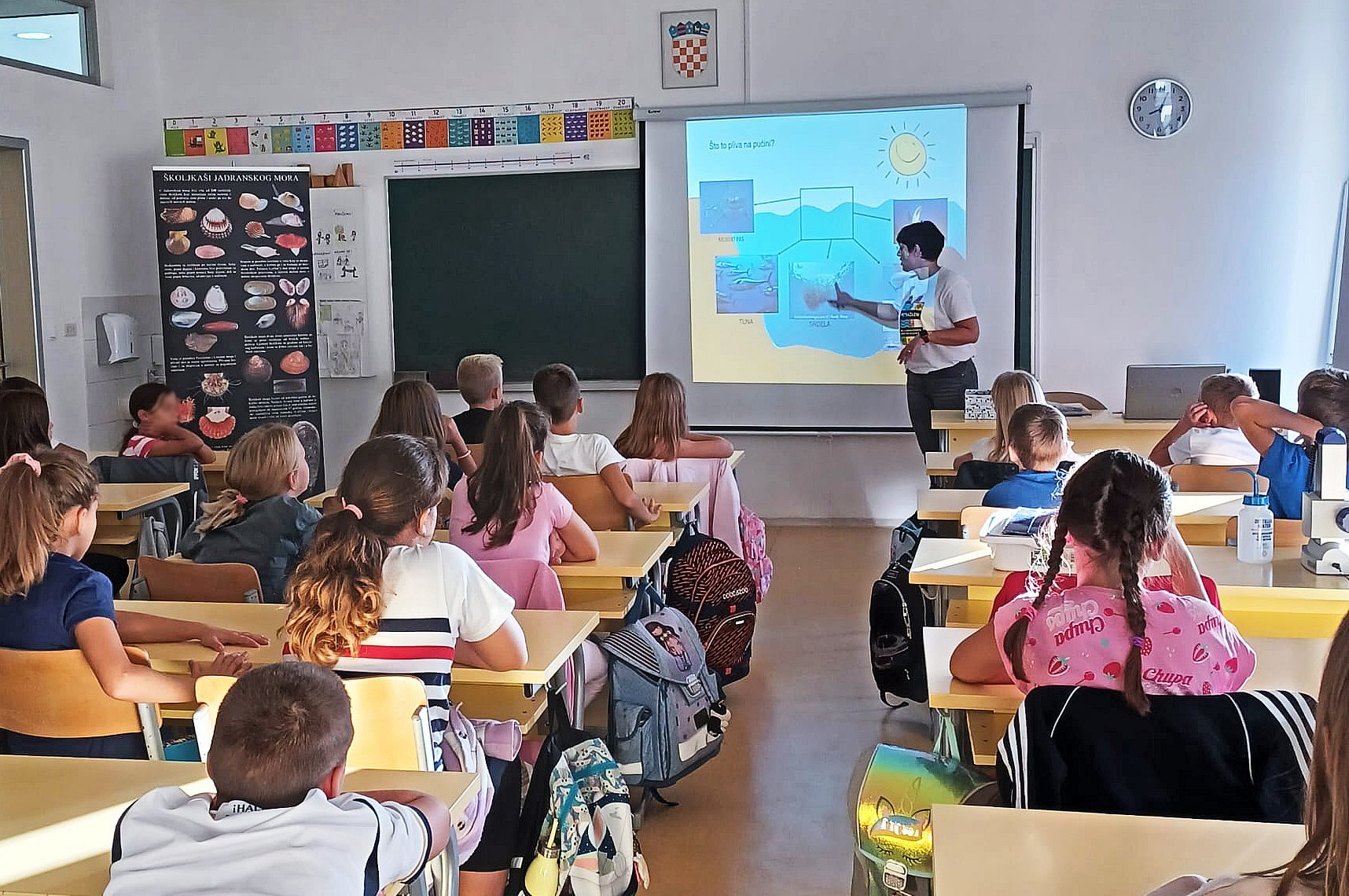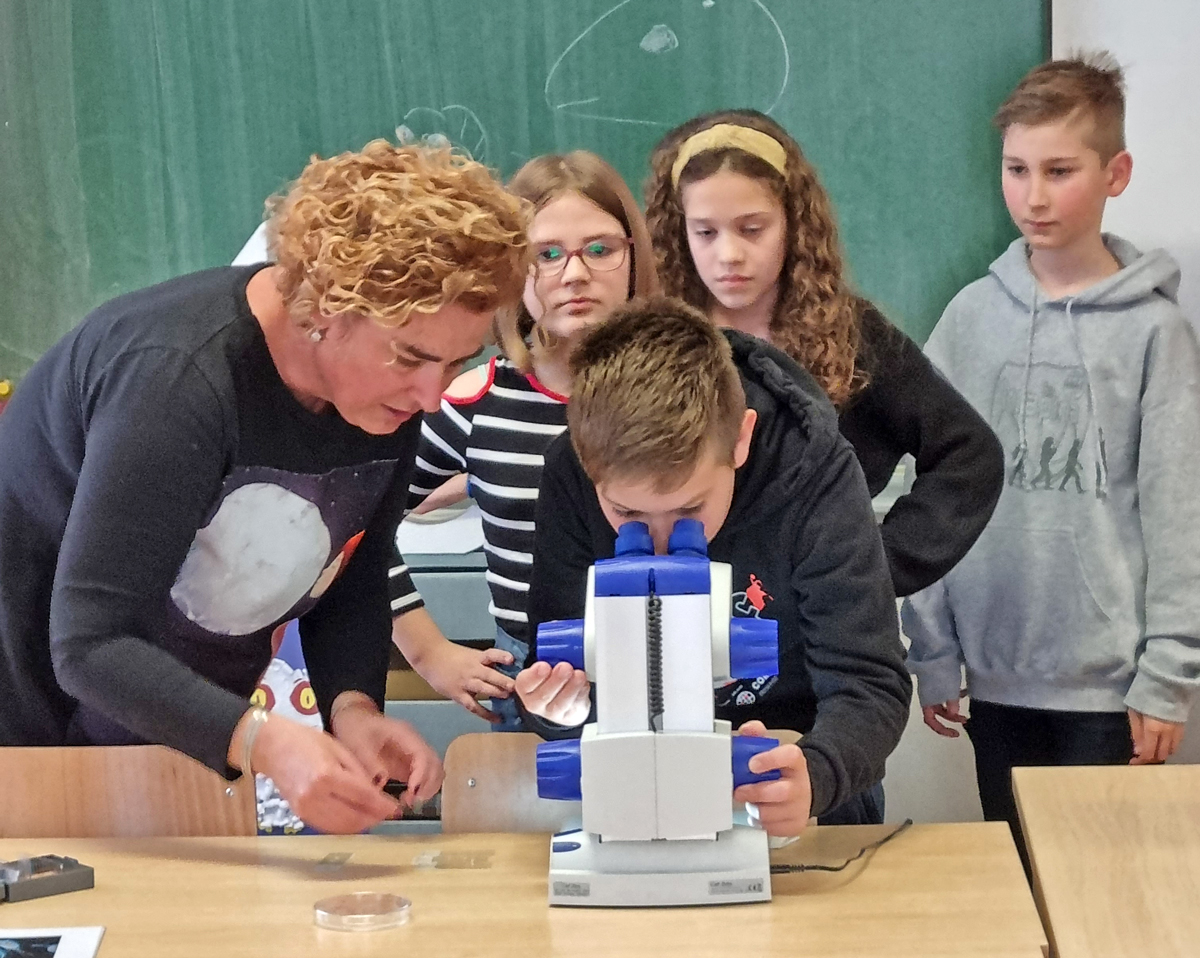Croatia stands out as the European country with the largest share of the sea in its total area, but how much are marine topics represented in our primary school education?
Our scientist, Dr. Darija Ezgeta Balić, who is usually very active in promoting marine literacy among schoolchildren, went one step further. To find out how much is taught about the sea in schools, she reviewed over 50 elementary school textbooks in search of principles and concepts of marine education in formal education.
She published the results of the textbook analysis in a scientific paper.
Ocean Literacy is a concept that was developed nearly two decades ago when it was realized that formal education lacked subjects dealing with the study of the oceans. As a result, a group of American scientists and education experts began a collaborative effort to promote the inclusion of ocean topics in national and state standards of formal education.
Although the whole concept of ocean literacy is complex and based on 7 basic principles and dozens of basic terms, the shortest can be defined as “understanding the impact of the ocean on humans and humans on the ocean”.
Today, the concept of ocean literacy has spread worldwide and is considered key to achieving the goals defined by the Decade of Ocean Science and the UN Sustainable Development Goals.
We believe that it is very important to improve knowledge about the oceans among younger generations, as this will enable them to better understand the ocean and make better decisions regarding its management and protection. This scientific work highlights the gaps in the inclusion of ocean science topics in formal education and the need for greater collaboration between scientists, educators and policy makers.

